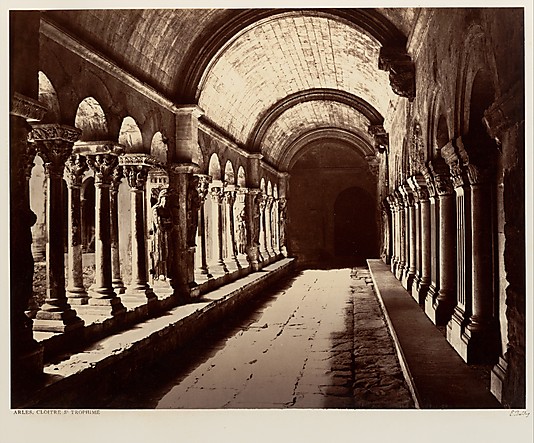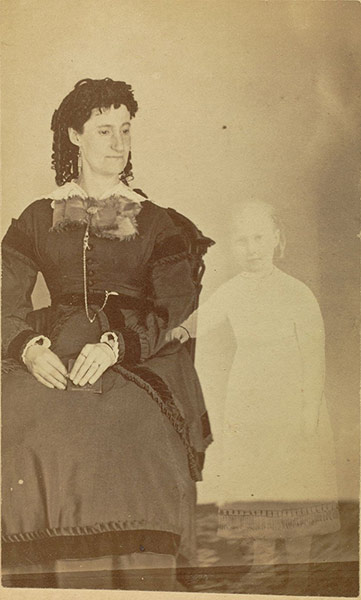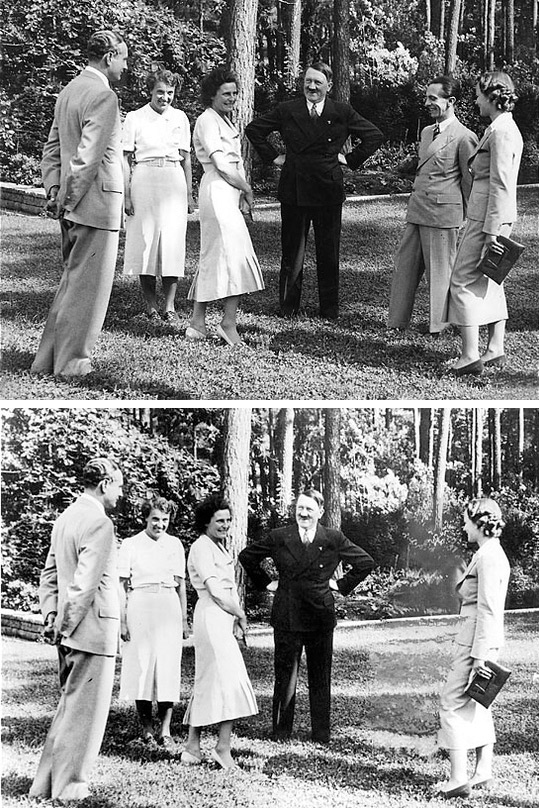The art of faking photographs before the digital age

The exhibition “Faking It: Manipulated Photography Before Photoshop” opened on October 11 in the New York Metropolitan Museum of Art dedicated to the historical art of photo-faking, retouching and photomontage. Some works can be viewed on the museum website.
The world's largest collection of “photoshopped photos” proves that people began to actively engage in such manipulations long before the invention of computers and digital photography. Moreover, many 150-year-old methods are now used almost unchanged.
“Probably no more than ten minutes had passed from the invention of photography to the moment when people realized that they could be deceived with photos,” said Errol Morris in an interview. The organizers of the new exhibition fully agree with him. Fake pictures appeared almost simultaneously with the invention of photography in 1837. “I think the most pertinent question is“ why. ” What was the reason for the processing of each photograph? ”Asked the exhibition curator Mia Fineman.
')
At first, photo retouching was used exclusively to eliminate technological deficiencies. For example, the first cameras could not simultaneously capture the details of the sea and sky, so the picture of the sea landscape had to be composed of several parts. In 1861, the French photographer Edouard Baldus (Édouard Baldus) took a photo of “The Monastery of Saint. Trofim ” , collecting it from a dozen of individual negatives - all in order to maintain sharpness and high-quality lighting in all parts of the frame.

The same techniques are used by modern photographers , sometimes combining up to 100 photographs of one scene in a picture.
In the middle of the 19th century, the first “fotozhaby” and various photo fun, so popular in the modern Internet.

The exhibition presents many photographs, created by artists clearly for fun. For example, the work of an unknown author, “A Man Juggling With His Head” (1880) was, of course, done for fun.

Photograph "Mrs Tinkman with the spirit of his daughter" (1862-1875). Author: William Mumler , the famous American ghost photographer, who made a name for himself in ghost photos and made a living from it.

Initially, the photomontage and falsification of photographs were exclusively artistic means, but at the beginning of the 20th century, the situation changed. Technical tools began to be used for political manipulations and, in fact, forgery of documents.
The following photo shows the meeting of the Nazis with the family of Leni Reyfenshtahl. The figure of Joseph Goebbels was completely removed from the negative, since at that time there were unwanted rumors about the connections of Joseph and Leni. After the removal of Goebbels, a mysterious cloud remained in the photo.

Another famous example of a “political” montage is the cult photo “Lenin and Stalin in Gorki in 1922”, composed in 1949 from two portraits (the author is unknown). This picture is also presented at the exhibition.

In our time, manipulations with photos have become a completely mundane, everyday phenomenon. Editing and retouching are used in advertising, journalism, and political propaganda. A collection of unsuccessful examples of photomontage can be viewed, for example, on the Photoshop Disasters website.
via The Verge , The Guardian
UPD. From the comments to the topic: A collection of famous fake photos (Photo Tampering throughout History).
Source: https://habr.com/ru/post/154721/
All Articles